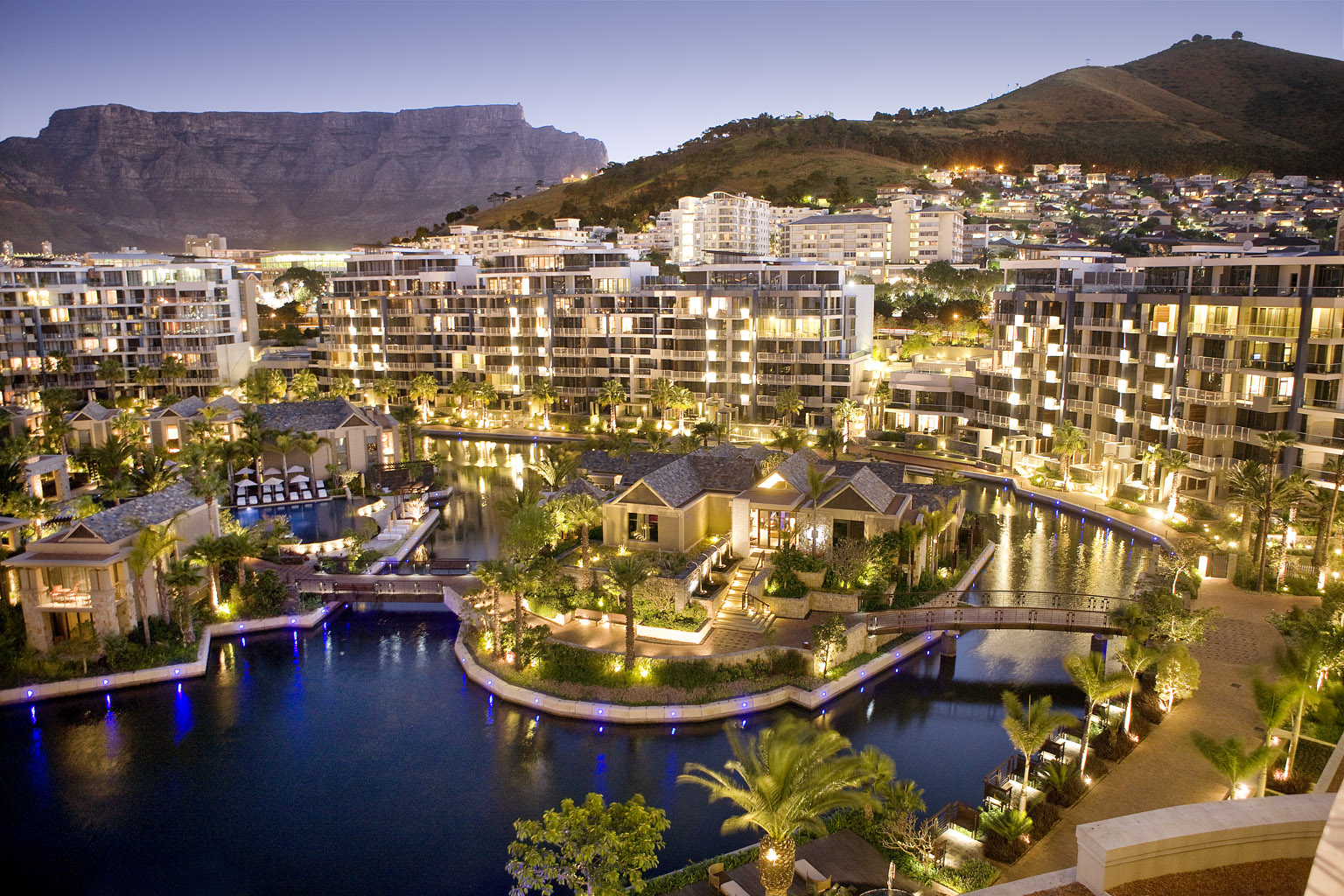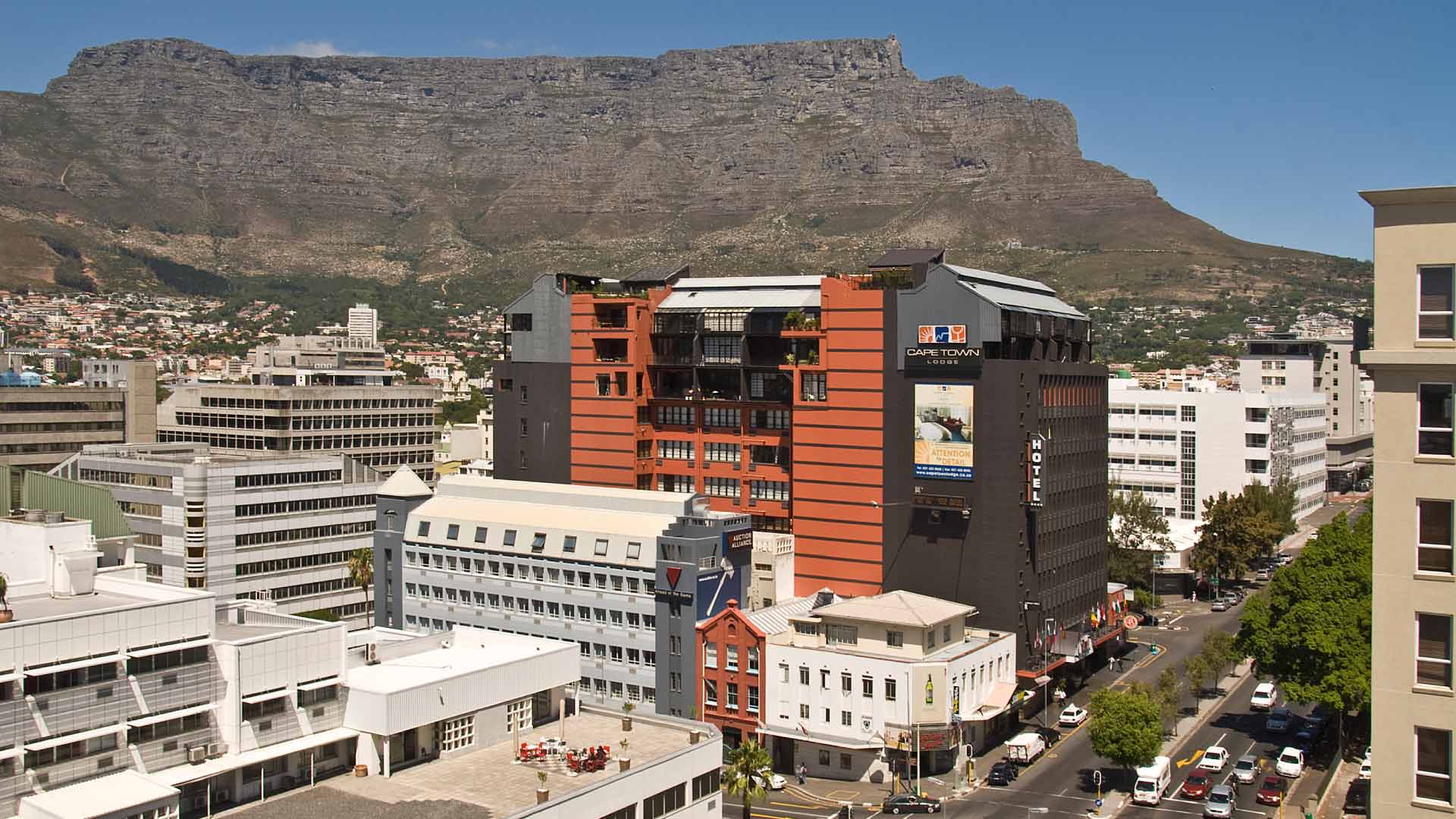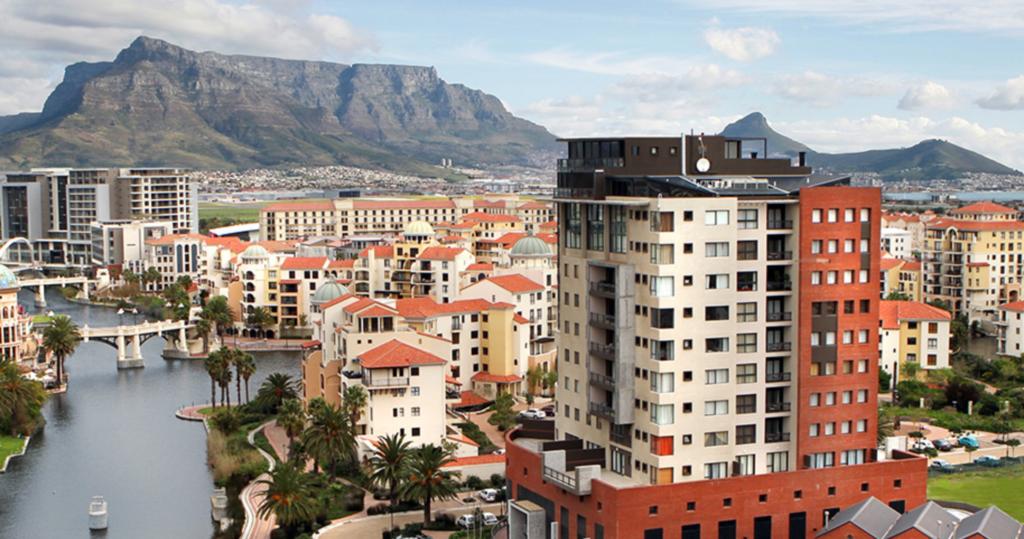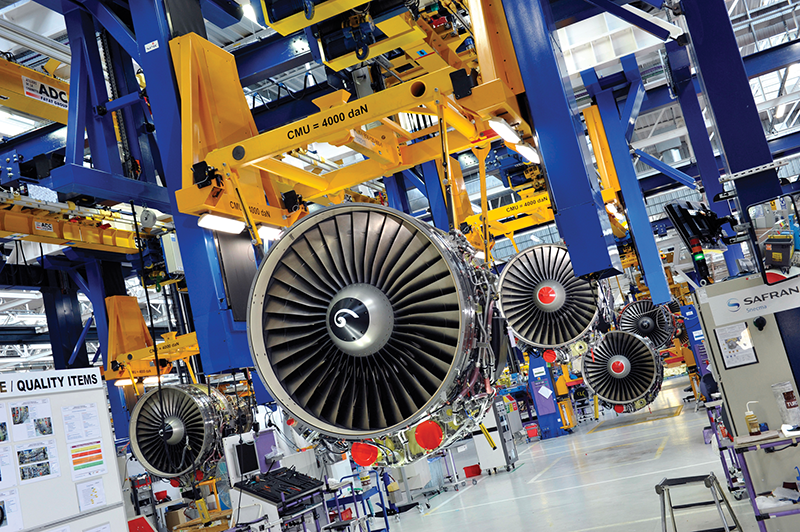Amid a hostile local economic climate, growth in the local industrial water treatment and filtration sector has been stagnant, forcing service providers to expand their offerings into Africa, says South Africa-based industrial water treatment solutions provider WaterIcon.
The company focuses on industrial water treatment. It provides consulting services, chemicals, equipment, engineering, consumables and solutions for water treatment to a variety of industries. The company operates in the automotive, mining, municipal, food and beverage, power, oil and gas, pulp and paper, agriculture, pharmaceuticals, healthcare and primary metals industries.
“It has been a tough year across all local sectors and the water treatment industry has not been immune to the country’s recent economic downturn,” avers WaterIcon GM Chris Ashmore.
He says company budgets countrywide have been tight since the beginning of this year, resulting in limited industry spending on water treatment and filtration projects, with industrial water treatment solutions providers looking to diversify their service offering to remain competitive and relevant in the local market.
The industry is attempting to bolster itself against market volatility by developing new and more cost-effective technologies through deeper expansion into the African market, and reducing operational and overhead costs to become more competitive, adds Ashmore.
“While growth in South Africa is currently limited, the rest of Africa holds the most potential for growth in the industrial water treatment space.”
Ashmore adds that, WaterIcon – like many other service providers in the water treatment and filtration industry – is actively exploring the African market and has developed a strategic growth strategy for 2019. The company hopes that its strategy will result in the company’s developing substantially in African markets next year and into the future.
“WaterIcon foresees strong growth in Mozambique, East Africa and West Africa,” highlights Ashmore.
The company has established key agents in, for example, Botswana, Zimbabwe, Zambia, Congo and Ethiopia, and plans to establish a WaterIcon office in Tanzania next year to service the growing demand and opportunities it has identified in the East African market.
Ashmore says one of WaterIcon’s key successes has been its strategic expansion into different markets, with the company striving to start new divisions in a new market every year.
“This year, WaterIcon set up the WaterIcon Labs, in Modderfontein, which will be up and running in early 2019. We aim to have it accredited as a South African National Accreditation System laboratory by mid-2019,” he adds. He outlines that the labs will enable the company to offer African clients full water analytical services, state-of-the-art resin testing capabilities, activated carbon analysis and membrane autopsies.
“WaterIcon’s vision is to become the number one water treatment company in Africa in the next five to seven years,” enthuses Ashmore.
“WaterIcon offers everything – from emergency water supply and conventional water treatment processes to wastewater reuse systems. In addition to its full range of expert water treatment services, it stocks a large selection of high-quality water treatment systems, water purification products and water treatment spares and accessories. It also provides a one-stop source for filters and accessories. Through this, it uniquely provides a complete solution for all your water treatment needs,” says Ashmore.
A Brighter Future for Filtration
Despite market hostility throughout 2018, Ashmore expects that next year will prove a more lucrative year for the local water treatment and filtration industry.
“Things have started to look up and we have a positive outlook and forecast for 2019 in economic growth and water treatment projects.”
He explains that WaterIcon has noted an uptick in enquiries and interest in the development of new water-treatment projects, with one of the major focuses being water reuse projects, as water scarcity and costs will continue to be major issues for the South African market.
He states that the water treatment and filtration industry expects a major drive towards zero liquid discharge plants and effluent recycling plants, which he predicts will bolster the industry’s 2019 project pipeline.
Stricter environmental policies will also lead to targeted industries – such as manufacturing, mining, petrochemicals and food and beverage – looking to lessen their environmental impact through better water treatment and governance, Ashmore adds.
“Industrial plants also struggle where the municipalities are run down and cannot ensure a consistent supply of municipal water; because of degrading infrastructure, eventually industries will aim to no longer rely on municipal water completely.”
He states that these factors will result in water treatment and filtration going from strength to strength in coming years, with industry also being spurred by continual technological developments and processes.
“Traditional processes treated the water so that it could be discharged safely back into the environment. With new processes that incorporate ceramic membranes, bioreactors and reverse osmosis filtration, the effluent water stream can be reused for boilers, cooling towers, washwater and other processes.”
WaterIcon is investing in ceramic membrane technology by offering it to the South African market, concludes Ashmore.
Source:http://www.engineeringnews.co.za/article/local-market-forces-filtration-providers-into-africa-2018-11-15/rep_id:4136








